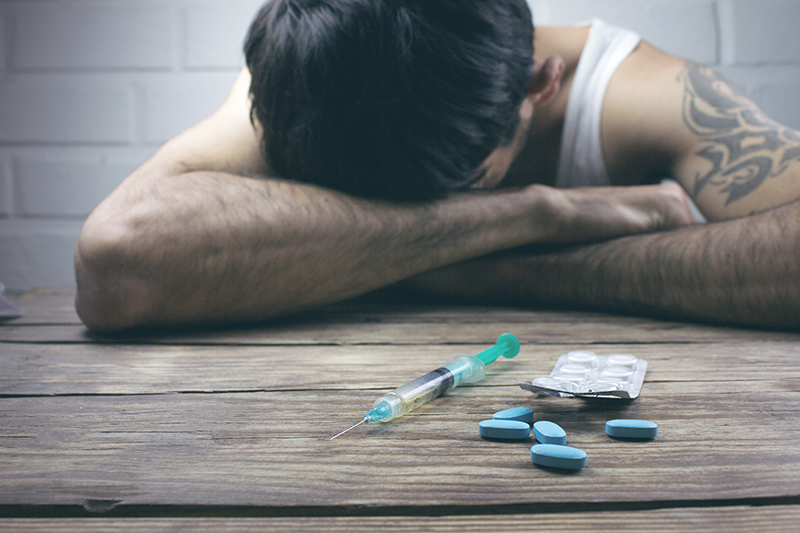Nestled in the heart of the American Midwest, St. Louis finds itself grappling with a profoundly concerning issue: the relentless rise of its homicide rate. Recent years have borne witness to an alarming surge in these tragic incidents, triggering a collective call to action. In this comprehensive exploration, we embark on a journey to unearth the intricate factors contributing to this distressing trend. Furthermore, we delve into pragmatic solutions aimed at not only curtailing the escalating homicide rate but also fostering a sense of healing within the community.
Unraveling the Factors Behind the Increase
- Poverty: A somber undercurrent that intertwines with the surge in St. Louis’ homicide rate is poverty. As we traverse the city’s neighborhoods, the stark reality becomes evident: areas burdened by economic deprivation are fertile ground for crime. The inextricable link between poverty and crime is a testament to the desperation that individuals facing financial hardship can experience. The absence of essential resources and opportunities can lead some down a perilous path, culminating in violence and tragedy.

- Drug Problem: Another crucial thread woven into the fabric of the city’s homicide rate is the pervasive drug problem. The streets of St. Louis bear the scars of substance abuse, where conflicts rooted in drug-related activities frequently escalate into violence. This cycle of drug-driven aggression perpetuates a grim reality that exacts a devastating toll on families and communities alike.

- Lack of Economic Opportunity: Amid the tapestry of challenges lies the glaring absence of viable economic prospects. The dearth of accessible education, gainful employment, and pathways for advancement fosters a sense of hopelessness. This void can compel individuals to resort to criminal activities as a means of survival, exacerbating the cycle of violence.
Forging Pathways Towards Mitigation and Healing
- Addressing Poverty: The monumental task of combating the homicide rate necessitates a multi-faceted approach, beginning with addressing the root causes of poverty. Collaborative efforts between local governments, community organizations, and businesses can yield transformative results. By providing comprehensive financial support, job training, and affordable housing options, we can empower marginalized neighborhoods. This empowerment dismantles the breeding grounds for crime and replaces them with a foundation of hope.
- Addressing the Drug Problem: Tackling the drug problem at its core is imperative. Effective strategies encompass not only law enforcement but also a focus on rehabilitation and education. Equipping individuals struggling with addiction with the tools to overcome their challenges can break the chains of violence that often accompany drug abuse. By addressing the underlying issues, we can divert individuals away from destructive behaviors.
- Creating More Economic Opportunities: The path to a safer St. Louis must be paved with tangible economic opportunities. Investing in education and vocational training programs is pivotal in equipping individuals with skills that lead to stable employment. This, in turn, disrupts the cycle of crime perpetuated by the lack of economic avenues. Empowered individuals become agents of change within their communities.
The Overlooked Importance of Crime Scene Cleanup
Amid the tragedy that unfurls, an aspect deserving of heightened recognition is crime scene cleanup. It’s not just about restoring physical spaces; it’s about healing the emotional wounds left in the wake of violence. Crime scene cleanup professionals play a vital role in the restoration process. Their meticulous work not only helps cleanse spaces of physical remnants but also aids in mending the psychological impact on families and neighborhoods.
Navigating the Emotional Landscape of Crime Scene Cleanup
The emotional toll of crime scene cleanup cannot be overstated. These individuals embody empathy and resilience as they confront the aftermath of violence head-on. Beyond the physical aspects, they assist in the community’s emotional recovery. Their presence and dedication contribute significantly to restoring a sense of security and normalcy.
An Urgent Call to Action
The intricate web of factors contributing to the St. Louis homicide rate demands a collective response. As you reflect on the insights shared within this discourse, consider your role in advocating for change. Support local initiatives, engage with elected officials, and foster dialogues that amplify the urgency of curbing gun violence. Through our combined efforts, we can pave the way toward safer streets, empowered communities, and a future defined by healing and renewal.
